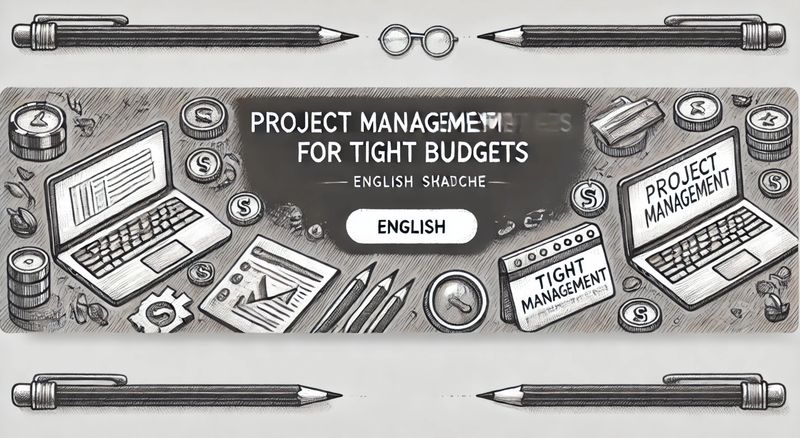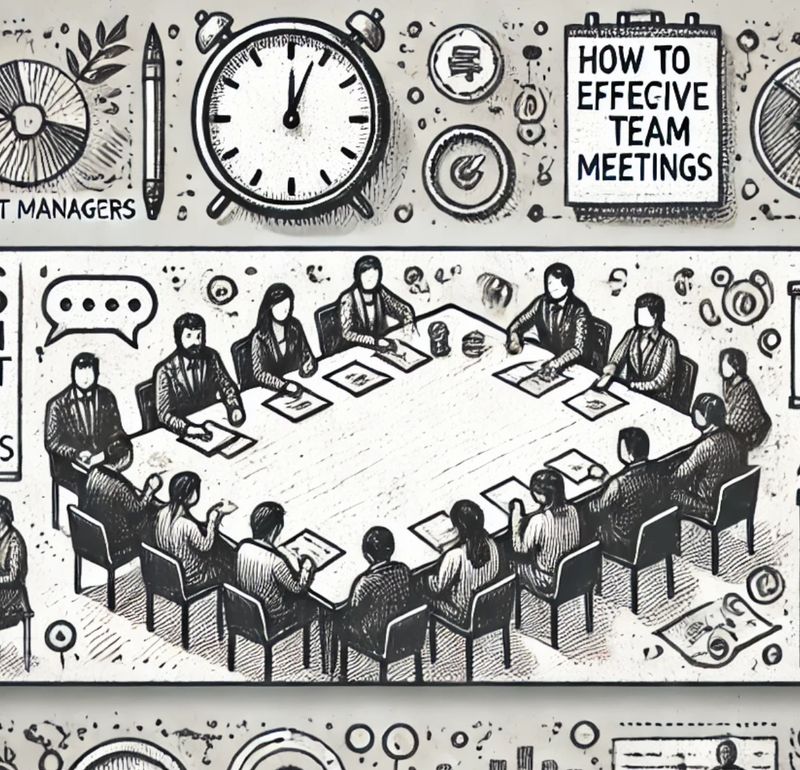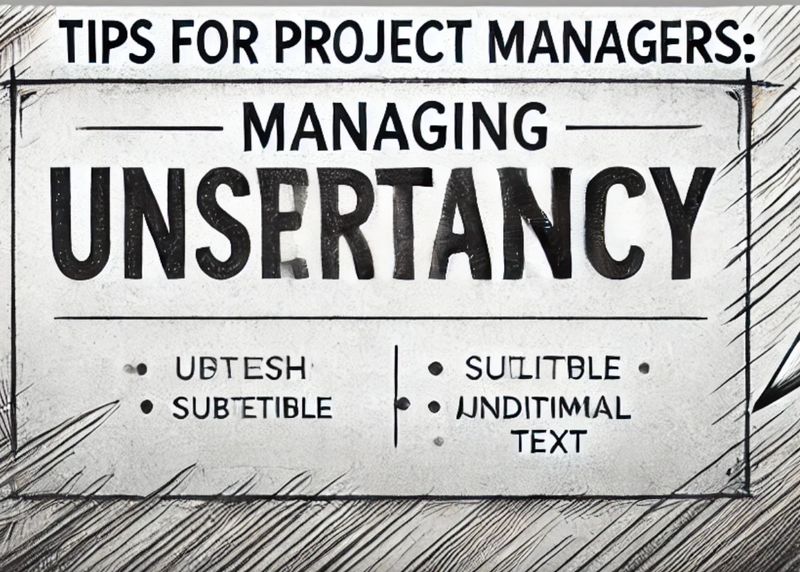Strategies for Handling Projects with Limited Budgets

Setting Priorities and Planning Carefully
When handling a project with a limited budget, careful planning is the first step to success. One of the most effective ways to keep a project on track is to start with a clear understanding of the project goals and then identify the most critical elements. Working with limited resources means you need to be strategic about where you invest both time and money.
Step 1: Identify the project’s “must-haves” and “nice-to-haves.” Focusing only on what’s essential helps you allocate resources to the areas that truly impact the project’s goals. For instance, if you’re developing a new website, the essential part might be a functioning user interface with basic features rather than complex add-ons. Ensuring these core elements work well means you’ll have something functional to deliver, even if the budget doesn’t allow for every extra feature.
Step 2: Build a detailed project plan that includes milestones, deadlines, and estimated costs. This approach gives you a roadmap, allowing you to see where you might save costs or allocate additional resources if necessary. For example, instead of planning for a large budget review at the end of each phase, consider shorter weekly budget check-ins. Frequent reviews help you catch potential budget overruns early.
Step 3: Be prepared to adjust your plan based on changing priorities. Managing a project on a limited budget often requires you to be flexible, as unexpected challenges might force you to shift resources. Imagine a situation where a project phase becomes more costly than expected; rather than scrapping the project, you might revisit your priority list and delay less essential tasks to keep the project on budget.
Leveraging Your Team’s Skills and Resources
Once you’ve created a clear plan and set your priorities, the next step is to focus on maximizing your team’s potential. Working with a limited budget means you may not have the funds to hire extra hands or bring in expensive consultants, so using the skills and resources already available in your team becomes even more crucial.
Tip 1: Match tasks to team members’ strengths to make the most of their skills. When you assign people to tasks that fit their expertise, they’re likely to complete them more efficiently and effectively, saving time and reducing costs. For instance, if one of your team members has strong design skills, you might have them handle visuals rather than outsourcing this work to a designer.
Tip 2: Cross-train team members so they can handle multiple types of tasks. With budget constraints, it’s helpful if team members can wear multiple hats. Training might require an initial time investment, but it can prevent project delays later. For example, if your project involves content creation, training a team member in basic design skills allows them to handle graphics as well as writing.
Tip 3: Encourage open communication and problem-solving within the team. When working on a tight budget, creativity can be a valuable asset. Team members might have unique ideas for solving problems or finding cost-effective alternatives. In one project, a team member suggested using free project management software rather than investing in an expensive tool, helping save funds that could be used elsewhere.
Applying Creative Solutions and Cost-Saving Techniques
Finally, managing a project on a limited budget often means finding creative ways to stretch your resources. Whether it’s exploring free tools, cutting down on travel expenses, or finding efficient ways to communicate, there are always methods to get more value for less money.
Approach 1: Use free or low-cost tools whenever possible. Today, many tools offer essential features at no cost or a low price, which can help you manage tasks, communicate with the team, and even analyze data without breaking the bank. For instance, a team managing a marketing project opted for free scheduling software and used Google Drive for document sharing rather than paying for more sophisticated tools.
Approach 2: Consider remote or hybrid work models to reduce overhead expenses. Office space, utilities, and travel can quickly add up, so encouraging team members to work remotely can reduce these costs significantly. In one case, a project manager for a non-profit organization saved money by switching to remote work for team meetings, which meant they no longer had to pay for rented meeting space.
Approach 3: Explore partnerships with other companies or organizations. When facing budget constraints, building partnerships or collaborations can help fill resource gaps. For example, a small event planning company collaborated with local businesses to receive in-kind donations for venue space and materials, which helped them stay within budget while still delivering a memorable event.
Managing projects with a limited budget doesn’t have to be a stressful experience. By focusing on clear priorities, leveraging your team’s unique strengths, and applying creative solutions, you can achieve success without going over budget. Remember, careful planning and flexibility are essential in ensuring your project delivers maximum value, even with minimal resources. By keeping these strategies in mind, you’ll be prepared to handle budget constraints confidently and develop a strong foundation in project management.





